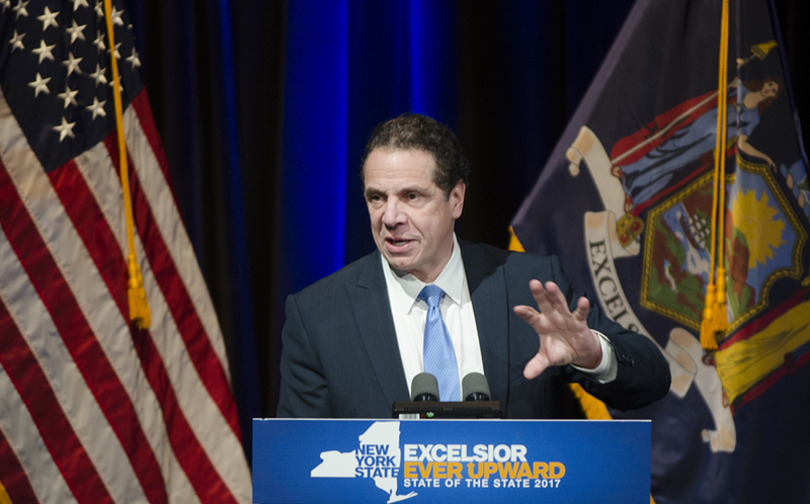How tuition-free college programs have spread across the country

Daily Orange File Photo
New York state's Excelsior Scholarship Program will provide four-year, tuition-free college for students attending New York's public schools.
Tuition-free college opportunities will be introduced in New York state this fall, but the state was not the first to roll out free college programs.
In the past few years, the possibility of tuition-free college has become a reality for more students across the country as states such as Tennessee and Oregon have introduced their own tuition coverage programs.
Here is a look at where and when tuition-free programs were adopted in states across the nation.
Fall 2015: The Tennessee Promise program provides last-dollar awards, covering tuition not covered by the Pell Grant, the state’s HOPE Scholarship or state student assistance funds. All graduating high school seniors can receive the scholarship to attend community colleges or applied technology institutions. The program also provides each student with a mentor throughout the college admissions process and the remainder of their higher education.
Fall 2016: The Oregon Promise program offers grants that cover almost all tuition for Oregon community colleges. Students that began secondary schooling in fall 2016 were the first to benefit from the scholarship, which applied to recent high school graduates and GED recipients. To be eligible, students were required to have lived in Oregon for at least a year, must have had at least a 2.5 GPA in high school and had to have planned on enrolling at least part time in college within six months of graduation.
Fall 2017: In San Francisco, the Free City program allows students at City College of San Francisco to attend tuition-free, no matter their age or number of enrolled credits. Students are only required to have lived in San Francisco for at least one year. The city plans to increase taxes on luxury real estate properties to pay for the scholarship, according to a statement by San Francisco Mayor Ed Lee.

Andy Mendes | Digital Design Editor
Fall 2017: New York state Gov. Andrew Cuomo’s Excelsior Scholarship program will provide four-year, tuition-free college for students attending state public colleges. The program will provide aid to students in families that make up to or less than $125,000 a year and covers tuition for two-, four- and specific five-year programs. The program aid is offered to students enrolled in college full time and who maintain a GPA necessary for the successful completion of their degree within its mandated time.
Fall 2017: Arkansas Gov. Asa Hutchinson established the ArFuture grants program, which provides two years of tuition and fees coverage at an Arkansas community or applied technical college. The program is offered to traditional, home school and non-traditional students in the state that are enrolling in high-demand fields of study, such as STEM programs.
Fall 2018: Lawmakers approved legislation to expand the Tennessee Promise program launched in 2014. Now, both adults and recent high school graduates can benefit from the program. Tennessee Gov. Bill Haslam, who is expected to sign the bill, proposed the legislation in his 2017 State of the State address. To be eligible, students must have resided in Tennessee for at least one year, maintain a 2.0 GPA and enroll in enough credits to be considered a part-time student. They must also file a Free Application for Federal Student Aid.
Looking forward: Following suit of pre-existing scholarship programs, Rhode Island Gov. Gina Raimondo is pushing for two years of free tuition at the state’s public colleges. Her proposal would make all recent high school graduates eligible for tuition coverage, regardless of income. Proposed legislation in Minnesota would make tuition at University of Minnesota and other state institutions free under the Minnesota College Affordability Act. South Dakota is also considering similar grants.




